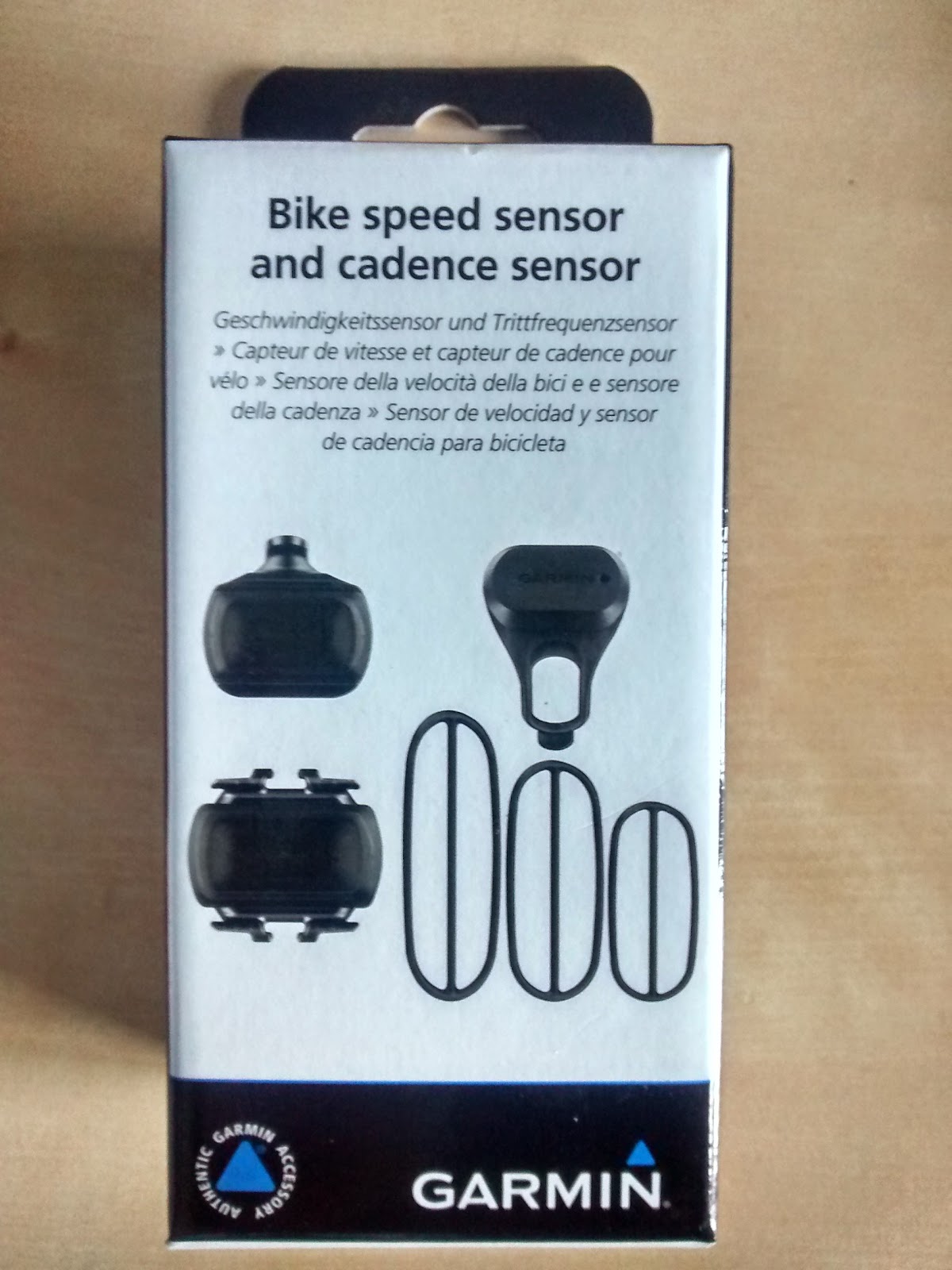I have to say that the quality of the manufacture is excellent, and once fitted its clear its not going to move. I have actually tilted it up slightly to put it at a slight angle and hopefully slightly reduce glare.
The quality of the Garmin mount is excellent- a firm and definite click .
Note that the mount must be fitted to the right of the stem as the shape is designed to align the Garmin on the centre line of the stem, Its actually a very close fit as the Garmin rotates into position - a very slight rub as it is aligned. I don't see this as a problem.
Here are some photos:
 |
| Front View |
 |
| Side on view showing the slight up tilt |
 |
| View from the saddle |


























